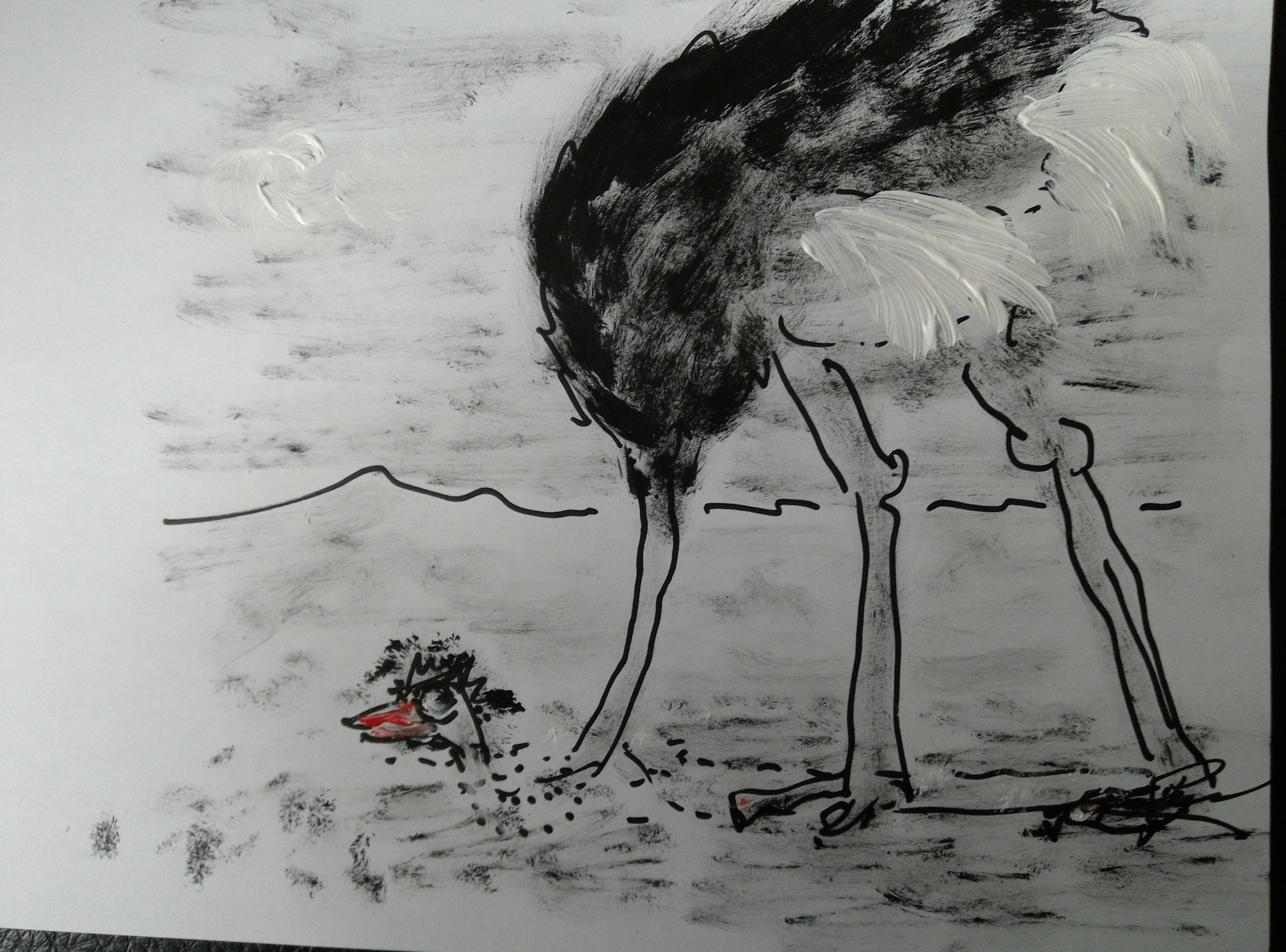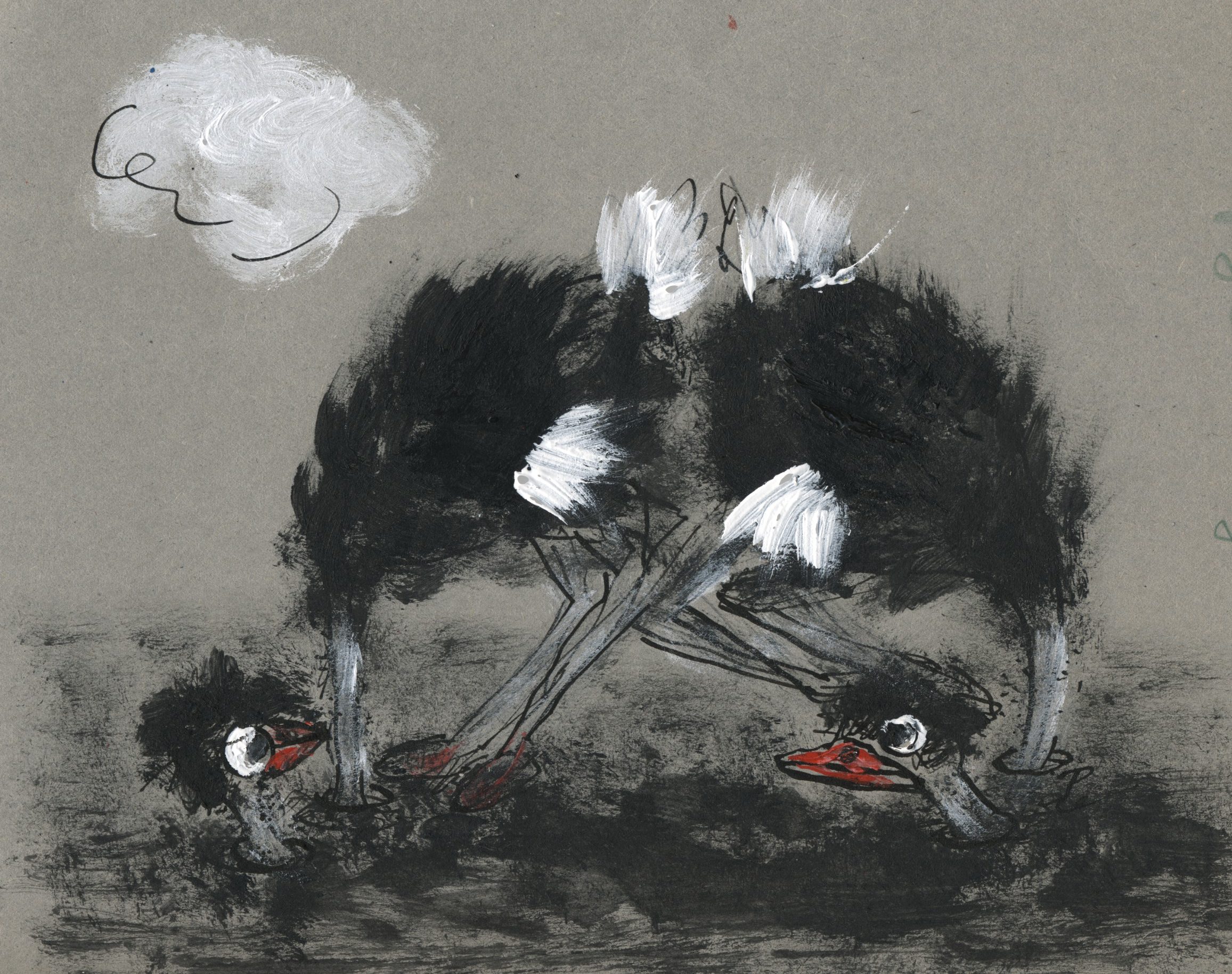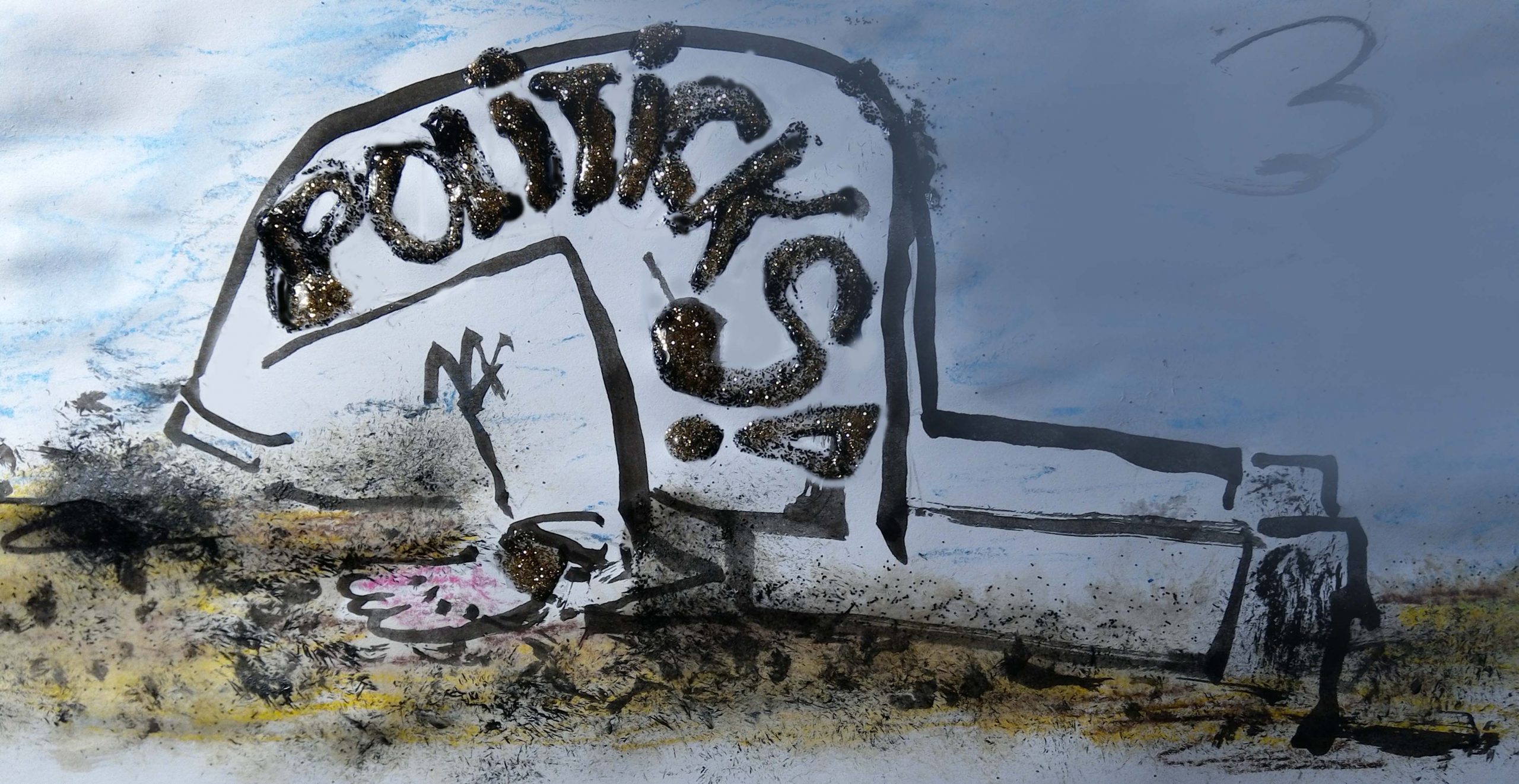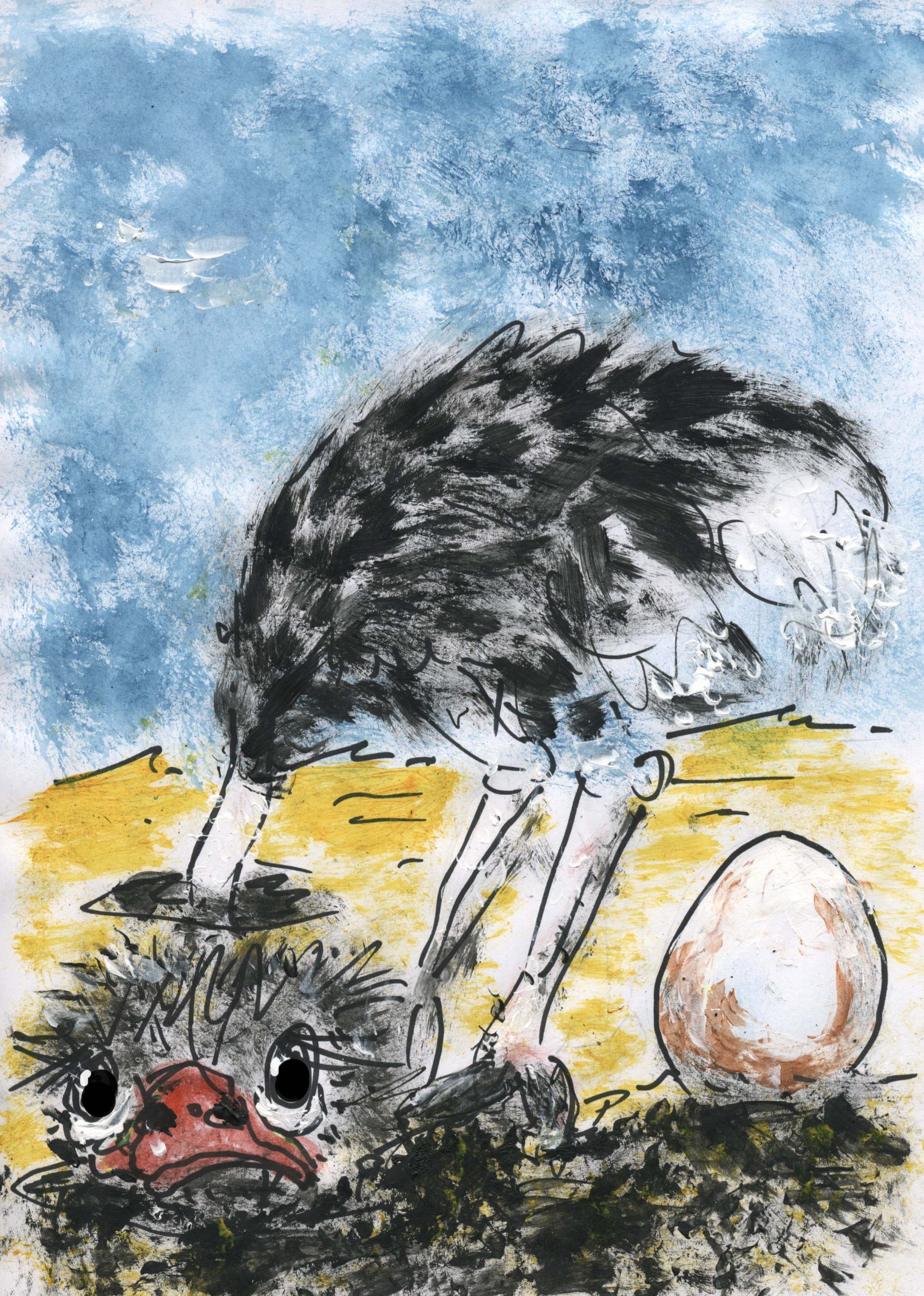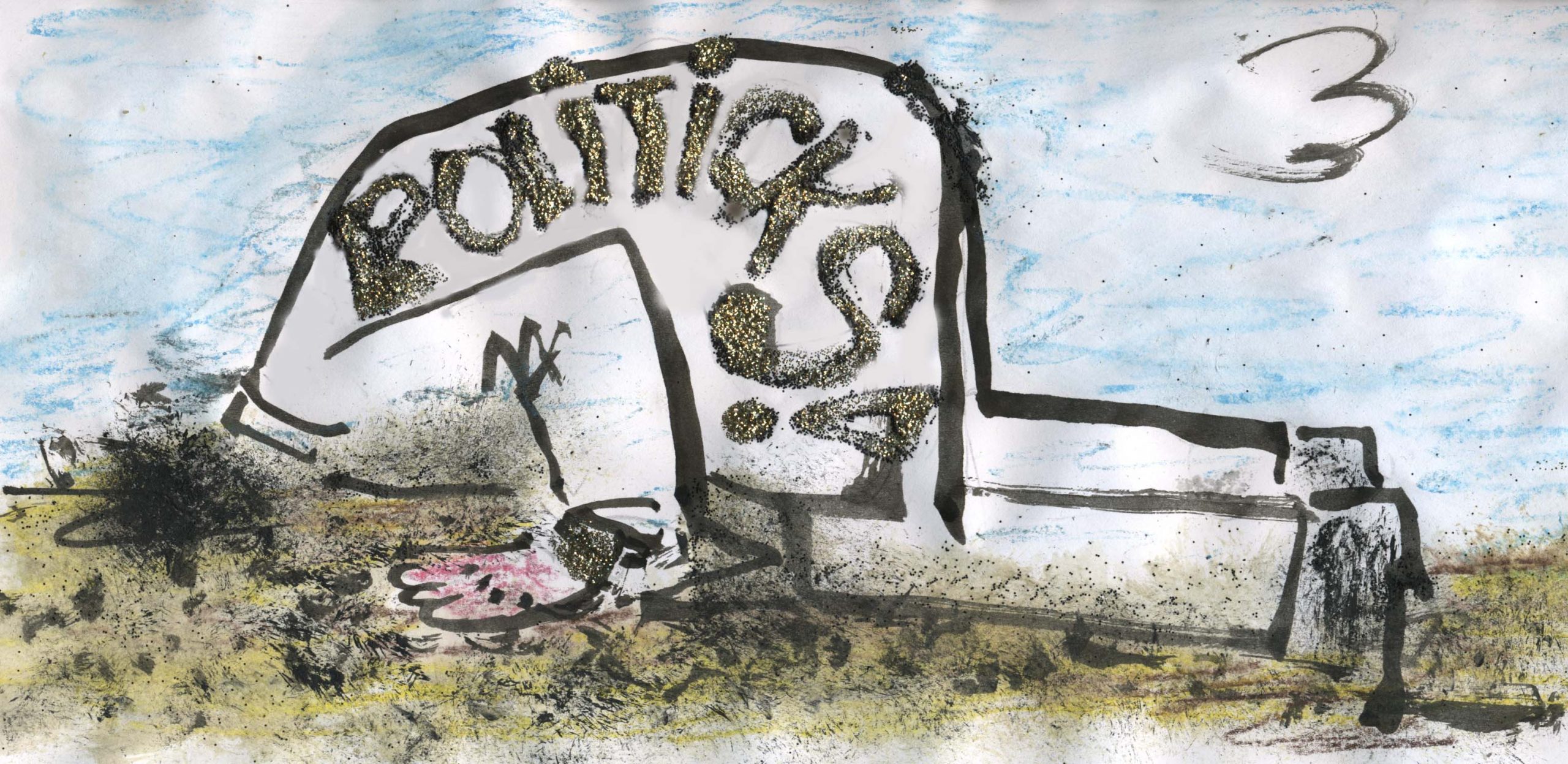Die Frage lautet, wann eine neue Pandemie droht – nicht ob.. (1)
WHO:
Antimicrobial resistance (AMR) is one of the top global public health and development threats. It is estimated that bacterial AMR was directly responsible for 1.27 million global deaths in 2019 and contributed to 4.95 million deaths.
The misuse and overuse of antimicrobials in humans, animals and plants are the main drivers in the development of drug-resistant pathogens.
AMR affects countries in all regions and at all income levels. Its drivers and consequences are exacerbated by poverty and inequality, and low- and middle-income countries are most affected.
AMR puts many of the gains of modern medicine at risk. It makes infections harder to treat and makes other medical procedures and treatments – such as surgery, caesarean sections and cancer chemotherapy – much riskier.
The world faces an antibiotics pipeline and access crisis. There is an inadequate research and development pipeline in the face of rising levels of resistance, and urgent need for additional measures to ensure equitable access to new and existing vaccines, diagnostics and medicines.
In addition to death and disability, AMR has significant economic costs.
https://www.who.int/news-room/fact-sheets/detail/antimicrobial-resistance
Resistenzen: Heilig P (2024)
https://ub.meduniwien.ac.at/blog/?p=43031
Prophylaxe und Strategien
Globale, rechtlich verbindliche Vereinbarungen sind zu treffen um künftige Pandemie- Katastrophen zu vermeiden – erste Schritte..
https://www.who.int/news/item/03-03-2023-countries-begin-negotiations-on-global-agreement-to-protect-world-from-future-pandemic-emergencies
– mit konkreten Vorstellungen: “Six specific, politically feasible mechanisms for new international agreements that, together, could create compliance pressures to shift state behaviour.“
Kavanagh MM et al (2023) Increasing compliance with international pandemic law: international relations and new global health agreements. Lancet 23;402(10407):1097-1106.
„Human survival depends on biodiversity.“ Jane Goodall
Heilig P (2022) https://ub.meduniwien.ac.at/blog/?p=39112
Neu zu schaffende Frühwarn-Einrichtungen für neue Erkrankungen (‚Disease X‘) werden dringend benötigt (2). Flexibilität ist gefragt (3).
Clostridioides difficile – “a New „Superbug“, weltweit verbreitet, mit hohen Rezidiv- und Mortalitätsraten, multiresistent, wurde zu einem besorgniserregenden Problem (4). Neue Behandlungsmethoden müssen dringend entwickelt werden (5), auch neue Diagnose-Armamentarien, z.B. “Bacteria-binding peptides (BBPs) in combination with horseradish peroxidase (HRP)“ etc.
Neue Wege müssen beschritten werden: “Technological advances in gene sequencing and computing have led to an explosion in the availability of bioinformatic data and processing power, respectively, creating a ripe nexus for artificial intelligence (AI) to design strategies for controlling cell behavior.“
https://news.northwestern.edu/stories/2024/03/transfer-learning-paves-the-way-for-new-disease-treatments/
In der Diagnostik können AI-Modelle hilfreich sein, speziell in Verbindung mit dem ‚black box‘-Problem.
https://beckman.illinois.edu/about/news/article/2024/03/04/new-ai-model-draws-treasure-maps-to-diagnose-disease
Keinesfalls darf außer Acht gelassen werden, dass scheinbar allwissenden AI-Systeme Bias-anfällig sind und dass dieses Problem zur neuen Herausforderung wurde (6)
“AI is no panacea, of course. Like all powerful technologies, it presents risks as well as benefits“ https://online.sse.tulane.edu/articles/can-ai-prevent-the-next-pandemic-tulane-mscs/. Ein Werkzeug, aber nicht mehr: AI can be a valuable tool for the development of public health policy. https://www.ncbi.nlm.nih.gov/pmc/articles/PMC10637620/
Epilog: Nicht als unverbindliche WHO-Empfehlung sind oben skizzierte längst überfällige Maßnahmen zu verstehen – allzu lange wurde der ‚Kopf in den Sand‘ gesteckt.
1 Correction for Marani et al., Intensity and frequency of extreme novel epidemics. Proc
Natl Acad Sci U S A. 2023 Mar 21;120(12):e2302169120.
2 Disease X: WHO Warns Future Outbreak Just a Matter of Time : ScienceAlert
3 Manirambona E et al (2024) Mitigating the threat of „Disease X“ to global health security. New Microbes New Infect;57:101223
4 Markovska R et al (2023) Clostridioides difficile, a New „Superbug“. Microorganisms;11 (4):845 5 Gurung B et al (2024) Gut Microbiota-Gut Metabolites and Clostridioides difficile Infection: Approaching Sustainable Solutions for Therapy. Metabolites;14(1):74. 6 Mittermaier M et al (2023) Bias in AI-based models for medical applications: challenges nd mitigation strategies. npj Digit. Med. 6, 113 .
Gender: beyond
Interest: no conflict
*************************
Veranstaltung:
UV-Strahlung. Freund oder Feind?
Mittwoch, 10. April 2024, 19:00 Uhr
Weitere Infos–>Einladung UV-Strahlung PDF
*************************
Interessenkonflikt:
Der Autor erklärt, dass bei der Erstellung
des Beitrags kein Interessen –
konflikt im Sinne der Empfehlung des
International Committee of Medical
Journal Editors bestand.
Korrespondenzadresse:
Univ.-Prof. Dr. med. Peter Heilig
Augenheilkunde und Optometrie
peter.heilig@univie.ac.at

